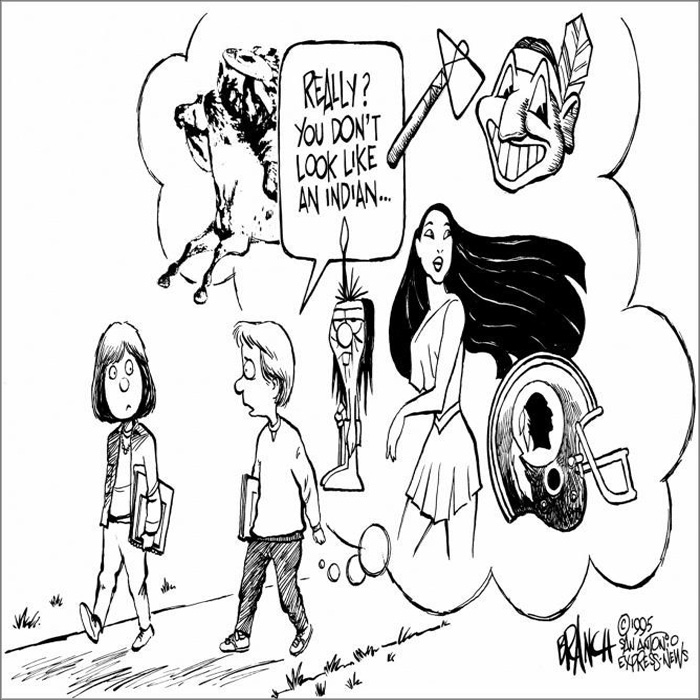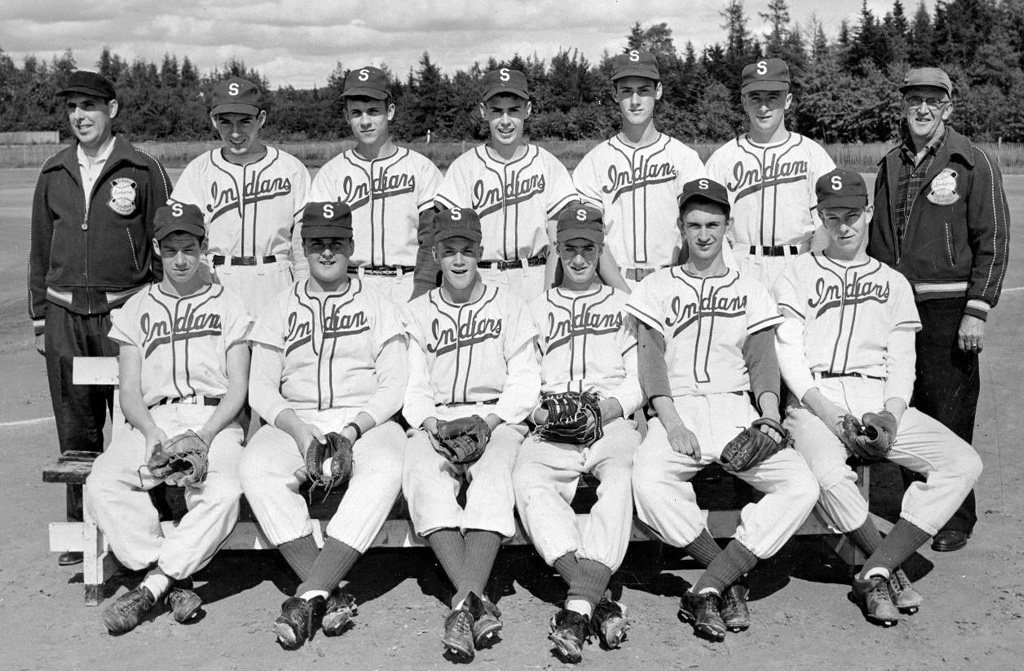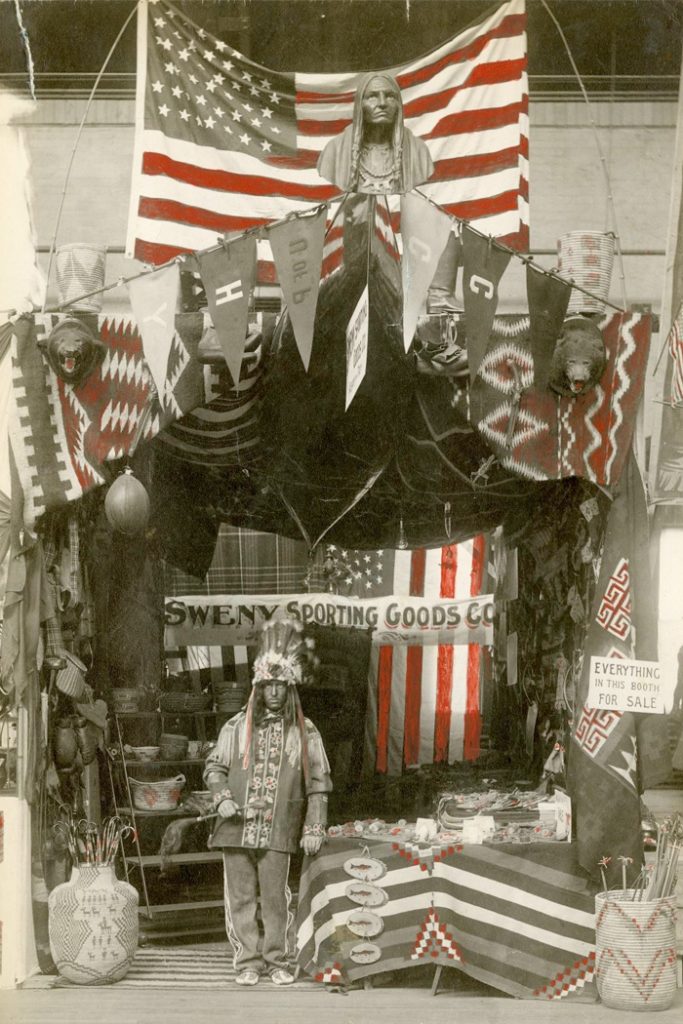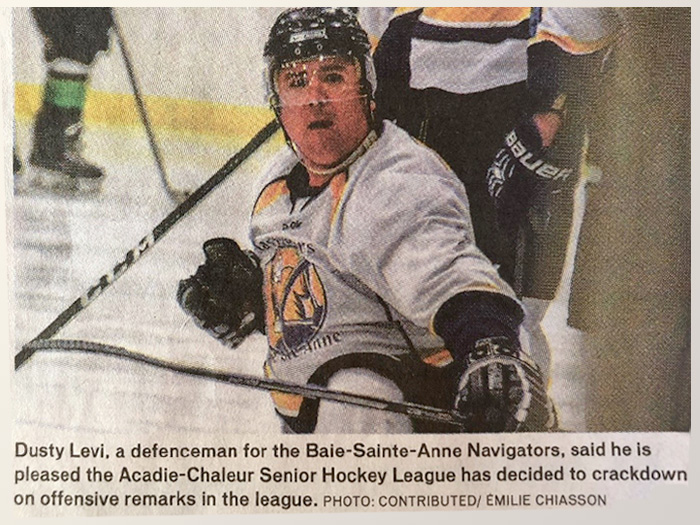Materials required: projector, whiteboard, logbook

Lyrics to Frozen Child by Pi’kun (Alexander) Poulette
Looking at my life, I missed a lot.
Knowing what I lost, was myself.
Going through the pain of looking back,
and dealing with my past.
A frozen child I was for a long, long time.
Missing out on love, respect and happiness.
Living in fear of losing everything I touched.
To survive is not to live.
I kept asking why? No answer.
I could have had love, years ago.
But I was stubborn and lost
To protect a frozen child was my life.
A frozen child, I was, for a long, long time.
Missing out on love, respect and happiness.
Living in fear of losing everything I touched.
To survive is not to live.
To the Elders, I turned for some answers.
Their wisdom is simple, but strong.
Forgive those who hurt you.
But do it to forgive yourself.
A frozen child I was,
For a long, long time.
Missing out on love, respect, and happiness.
Living in fear of losing everything I touched.
To survive is not to live.
To survive is not to live.
What is a stereotype?
A set idea that people have about what someone or something is like, especially an idea that is wrong.
Cambridge Dictionary
Explain this to your students:
Stereotyping is what makes people think that there are inferior groups. It also makes people think that they have the right to discriminate against the so-called inferior group. Finally, it makes them think the “inferior” group needs to be discriminated against, for their own good. Stereotyping of Indigenous people is pervasive in Canadian society. Make a list of all the stereotypes that the students are aware of, making sure that the students know and understand that these are stereotypes and are not true for every or even any member of the group.
Some possible stereotypes of Indigenous peoples:
- “noble savage”
- “vanishing people”
- “warrior people” who embodies strength, speed, endurance in sports
- “alcoholic Indian”
- “welfare Indian”
- “militant Indian”
- “environmental Indian”
- “lazy Indian”
Are there stereotypes in either of these two pictures? What are they?


Public Archives of New Brunswick P590-9
Who is Indigenous?
Sometimes Indigenous people can lose control over their own images because others are creating false images. The true diversity of Indigenous peoples in Canada is not portrayed, leading to the conclusion that all Indigenous people are the same.
Don’t let your students assume all Indigenous people look the same or have the same background. Today, there is great diversity in how Indigenous people appear. This activity allows you to emphasize that there is a diversity of experiences and knowledge within each Nation. For example, some people speak the language, others do not. Everyone does not necessarily share the same cultural stories or experiences. Work with students to not make assumptions about identity or knowledge.
Have children analyze the cartoon.
- What impressions does the boy have about what it is to be an ‘Indian’?
- Can you identify the people and teams in his thought balloon?
- Why are these images stereotypes?
- Why are many sports teams in the process of changing their names?
- Did Indigenous people make up these images of themselves?
- What is the girl thinking about what the boy is saying? About herself?
- Why is stereotyping hurtful?
Now read the song lyrics to Frozen Child. These were written by a musician who attended residential school.
- What does this song tell you about how he feels about himself? About his identity?
- Does he know what his identity is? Does he have anyone to tell him about his identity?
- What advice was given to him in the last verse?
- In your opinion, is the Frozen Child suffering from being stereotyped?
- In a small group write a last verse to the song, indicating that all is not lost and the Frozen Child now has a sense of his or her identity.
You can also listen to residential school experience on CBC Atlantic Voice’s One Stitch at a Time. Joan Weeks brings us the story of the resilient women and men of Waycobah First Nation in Nova Scotia at : https://www.cbc.ca/news/indigenous/waycobah-first-nation-residential-school-survivors-make-regalia-for-youth-as-part-of-healing-process-1.4725634. In some communites, young people are learning how to sew and when to wear tradional regalia in Fort Folly. Survivors of residential school, they are finding healing one stitch at a time with the sewing of regalia for the community’s children: https://www.cbc.ca/news/indigenous/ribbon-skirt-library-mi-kmaq-1.6373313
League Cracks Down on Racist Remarks
Sarah Seeley, Times & Transcript March 9, 2019
Dusty Levi of Elsipogtog has been playing hockey for 27 years, and says he’s heard many racist comments in that time, including a racist incident when a fan put his hand to his mouth and imitated a war cry.
“It’s so crazy,” he says, admitting it still hurts to hear the slurs. “It’s 2019. You’d think that everybody would respect one another. There’s no room for it in hockey.”
There’s no room for it in the Acadie-Chaleur Senior Hockey League, which announced this week that players and fans will be told at each game that racist, sexist, or homophobic acts and profanity will not be tolerated.
Levi has a son playing peewee hockey and says he’s had to talk to him about racial taunts from other players or spectators. He told the 11-year-old not to overreact when comments are yelled from the bleachers, but instead to play his best. “If you win, that’s how you stick it to them,” Levi said.
Levi said he was pleased with new changes to make the rinks a more respectful environment.
“I’m so grateful there are people out there to take it seriously,” he said.

- Divide the class into groups and choose two people in each group to read the newspaper article to the rest of the group. One plays Dusty Levi and the other person is the writer of the article. Show this picture of Dusty Levi.
- Have students discuss the article and answer the following questions:
- Why would this be happening in an adult hockey league?
- If you heard someone yelling at you with a racist message (slur), how would you feel?
- Does Dusty Levi think it might also be happening in the Peewee hockey division? How do you know?
- What does Dusty Levi’s advice to his son mean to you? How is he a guardian?
- If you were members of the management of the arena, make up a rule and its consequences to prevent this from happening again. Write it down and share it with your class.




